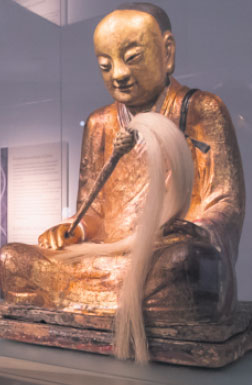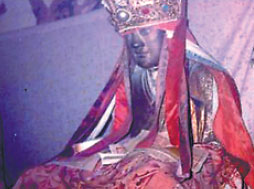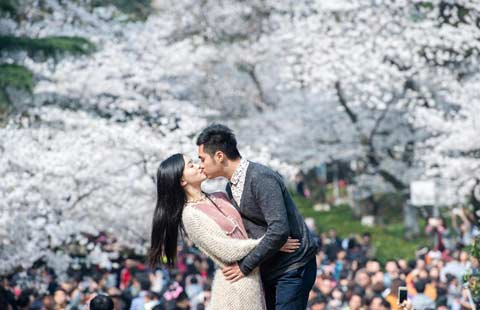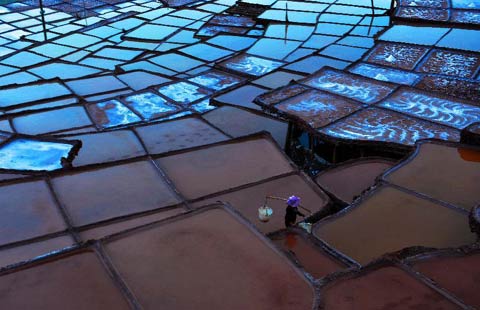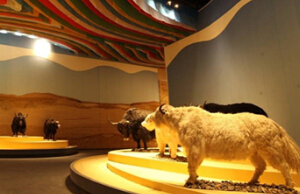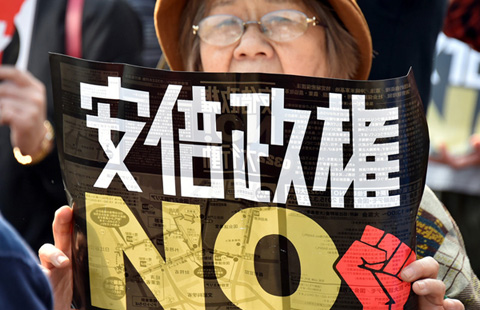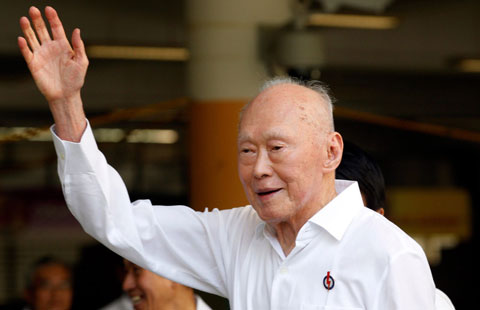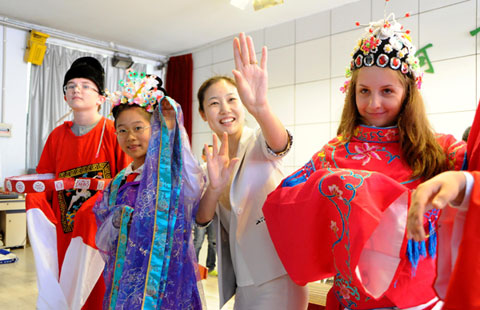Stolen mummy possibly discovered in exhibit
By China Daily ( China Daily ) Updated: 2015-03-23 07:48:00
|
A statue containing the mummified remains of a monk is displayed in Hungary on March 3. Attila Volgyi / Xinhua |
|
A statue containing a mummy at a village temple in Fujian province is shown in this photo taken by a villager in 1989. Provided to China Daily |
A 1,000-year-old Buddhist statue containing a mummified monk that was on display in Hungary may have been stolen from a village in China, the Fujian Administration of Cultural Heritage said on Sunday.
Investigators from the administration have gone to the village and acquired photos, genealogy records and other materials that could support the conclusion, Xinhua News Agency reported.
More evidence is being sought, and if confirmed, the Fujian administration will report this to the State Administration of Cultural Heritage for retrieval.
The statue, highlighted in the Mummy World Exhibition at the Hungarian Natural History Museum in Budapest, has been removed from the exhibit, which runs until May. The display, on loan from a Dutch museum, is from China's Song Dynasty (960-1279).
"We regretfully inform our visitors that the Buddha mummy statue of the exhibition has been removed and sent back to the Netherlands due to the request of the loaning partner, the Drents Museum," the Hungarian museum announced on its website on Friday.
The facade, decoration and words written on the statue's cushion are similar to those on a Buddhist mummy stolen in 1995 from an ancestral temple in Yangchun, Fujian province, villagers claim.
"When I saw the photo (of the Buddha statue) on the TV news, it immediately reminded me of our lost statue," said Lin Yongtuan, a farmer from the village.
A Buddha mummy statue, along with its sitting mat, went missing in late 1995 from the temple where it had been worshipped since the 12th century. Legend has it that the statue contains the mummified remains of a highly revered local monk.
The Drents Museum received the statue in its collection in 1996. The mummy statue came under the international spotlight last month after an X-ray scan revealed that it contained the mummified remains of a Buddhist monk.
The Drents Museum has not commented, but Xinhua News Agency reported that an anonymous source from the museum said that repatriation is possible if solid evidence is provided - under the common principle that "historic human remains should be returned to their home", the source said - but that the legal process can be lengthy.
Huo Zhengxin, a professor of international law at China University of Political Science and Law, said it would be difficult to call for the return of the statue under current international law, even if there was proof that it was stolen from Fujian.
He noted that the Netherlands did not sign the 1995 Convention on Stolen or Illegally Exported Cultural Objects, a major law for international repatriation of illegally trafficked cultural heritage.
Wang Kaihao contributed to this story.
- Mummified Buddha shown in Hungarian stolen from China: government
- Mummified Buddha statue 'stolen' from China, claim villagers
- Buddha statue with mummified monk is museum draw
- Buddha thangka display in NW China's Gansu
- Slide: Meeting mummy in the valley of the giants
- Meeting mummy in the valley of the giants
- Mummy&me in sports world
- Mummy & me in New Zealand
- Bilingual: Egypt: archeologists find 3,600-year-old mummy
- Snapshots at Mummy: Secrets of the Tomb exhibition
|
|
|
|
|
|
|
|
European Weekly
 We will not give up search, Li vows
We will not give up search, Li vows
International hunt for missing airliner continues after fruitless six-day search


